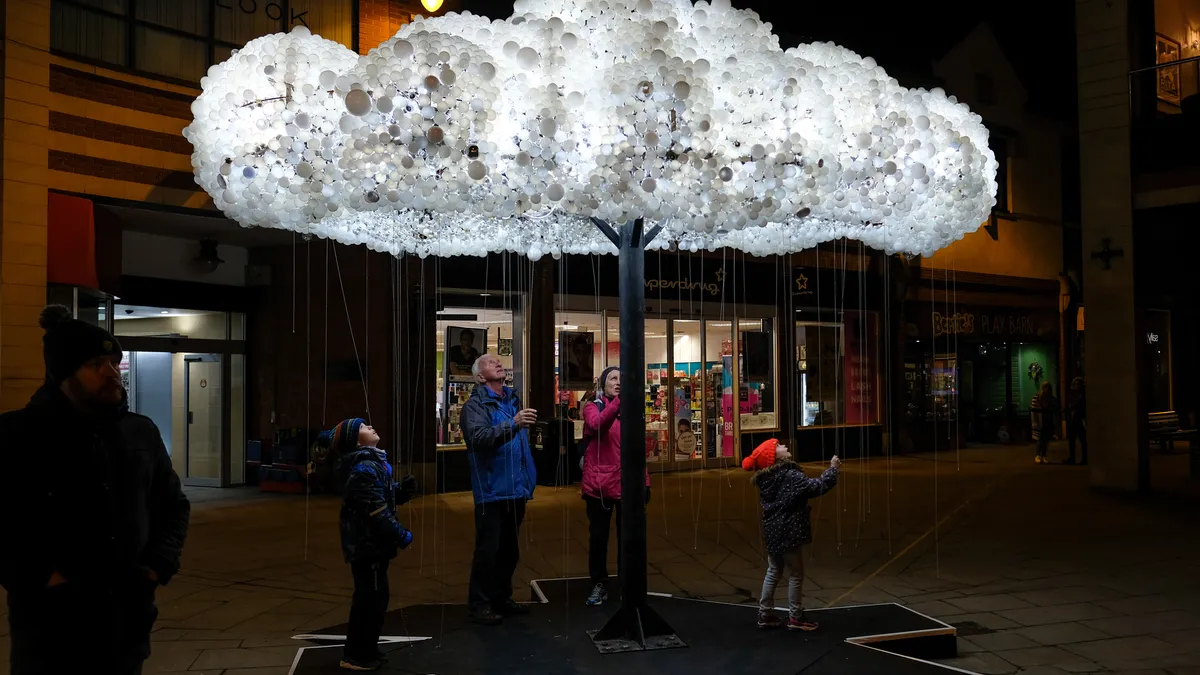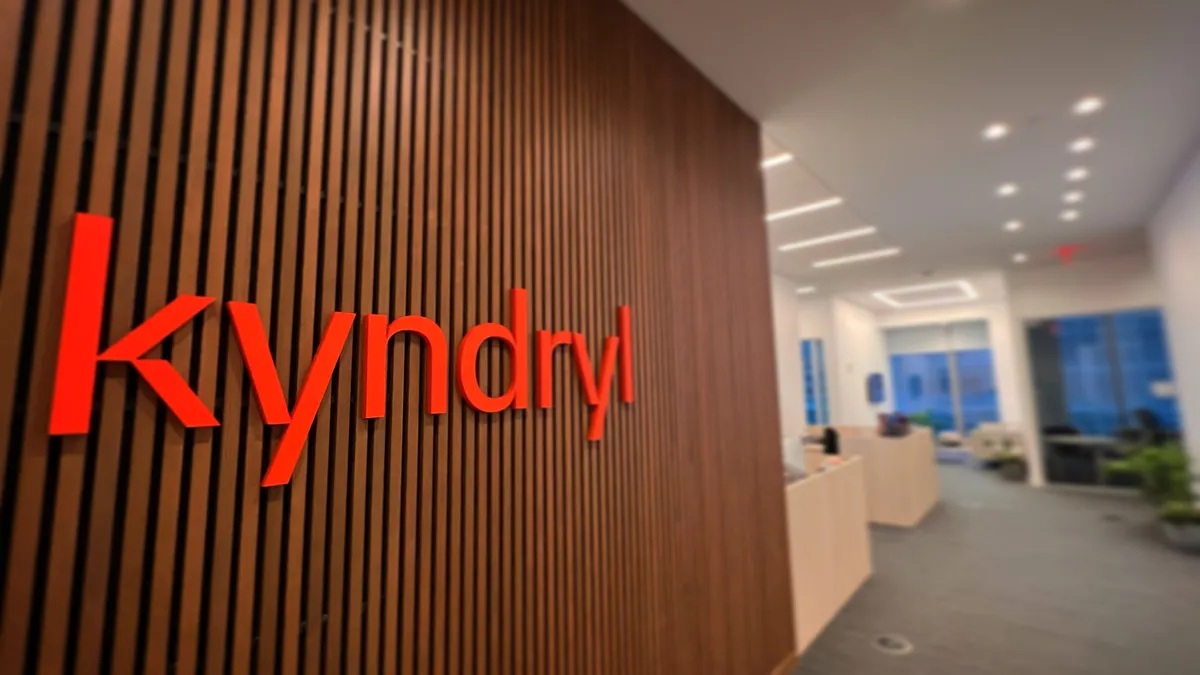When CIO Bipin Jayaraj joined Make-A-Wish America, the organization was just beginning an infrastructure consolidation project. "We thought of the project in 2016, I joined in 2017," Jayaraj said. "I accelerated it, finished up in 2019."
A disparate system of dozens of IT stacks meant that the wish-granting system wasn't as efficient as it could've been. By consolidating and modernizing, Make-A-Wish could eliminate some of the hurdles that prevented the organization from granting as many wishes to children between the ages of two-and-a-half and 18 with critical illnesses as possible.
The Make-A-Wish Foundation operates on a federated model as 59 chapters, plus its headquarters, distributed across the country. Puzzling together an IT model that works across offices means grappling with 60 different databases, CRM models, financials, security postures and more, according to Jayaraj.
Jayaraj's goal in centralizing the tech stack was to help the rest of the organization "leave all the operation minutia to me and you guys go do what you guys do best which is granting wishes."
In other words, the IT department didn't want the tech to get in the way of granting wishes.
First up for Jayaraj was tackling infrastructure consolidation to get all the chapters onto one domain.
"What we had was one single model of Make-A-Wish," Jayaraj said. "From the moment the internet hit the wall at any chapter office, we had taken over from there on. Firewalls, local servers, cloud models — we had consolidated all of those."
Consolidating IT paved the way for future efforts by creating visibility across the enterprise. With the tech stack in place, streamlining data management came next, according to Jayaraj.
"What we did was just dump all the data from all these 60 chapters into our data warehouse," Jayaraj said. By adding a layer of analytics,the Make-A-Wish HQ gained a better understanding of what was going on throughout its entire organization.
The organization needed to merge all of the data to gain visibility in preparation for a move to the cloud, according to Jayaraj. It exposed possible entry points for attackers and helped sort donor information.
The shift from data centers to the cloud is becoming commonplace. Global enterprise spending on cloud computing surpassed spend on data centers significantly for the first time last year, according to data from Synergy Research Group.
"It's about starting early … and ensuring you have a central strategy that you're able to execute across all of your business units," said Justin Spelhaug, VP of Tech for Social Impact at Microsoft Philanthropies. "Now, in a large company that's hard ... even though you're one legal structure."
Centralized IT management creates agility, helping organizations to survive times of crisis such as the COVID-19 pandemic, according to Spelhaug.
The move to the cloud
Getting to the cloud is a process, and lifting and shifting the entire environment to the cloud at once wasn't feasible for Make-A-Wish. Small lifts based on business value defined the foundation's cloud strategy.
"It was about moving a data warehouse into the cloud, getting the feeds into that data warehouse, building a common data strategy in the cloud … taking piece by piece and moving other elements of their data strategy in the cloud based on that anchor point," Spelhaug said.
Microsoft supports Make-A-Wish's data warehouse and the organization uses Power BI for analytics, Jayaraj said. The nonprofit also uses Accenture as a system integrator and consolidated its financial systems under NetSuite.
The approach centered on problems or opportunities, such as gaining visibility into the wish pipeline or better understanding the donors, then building solutions that add immediate value, according to Spelhaug.
Selling cloud adoption based on its problem-solving capabilities has gotten easier for CIOs since the pandemic hit. Companies anticipate over half (54%) of enterprise workloads to be in the public cloud in the next 12 months, according to Flexera's 2021 State of the Cloud.
Of respondents answering questions about the COVID-19 pandemic, 90% said they expect cloud use to exceed plans because of the crisis.
Cloud supports the work-from-anywhere model as employees just needed an internet connection in order to access the applications, creating more flexibility for the organization, according to Jayaraj. Cloud also powers the foundation to grant wishes faster. The eligibility criteria is built into the system, rather than filling out additional paperwork, to make the process more efficient.
"Last year we completed a whole bunch of stuff which included moving all of our 60 financial systems into one single cloud instance," Jayaraj said. "By end of 2022, we will be getting out of all of our ... data center model into cloud solutions for all of our business needs."





















